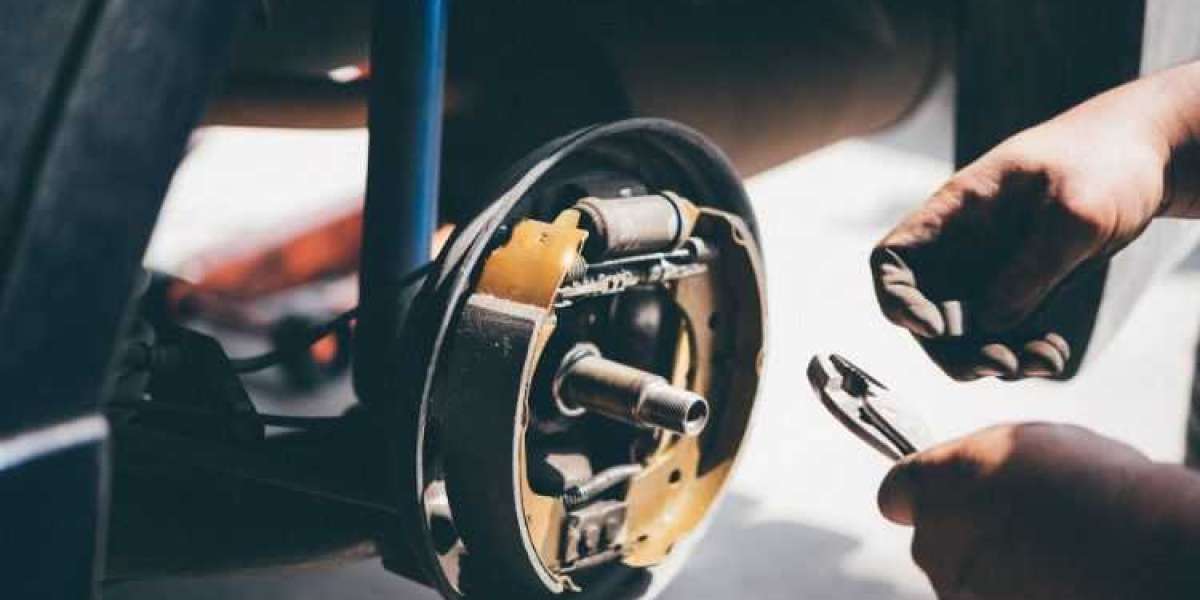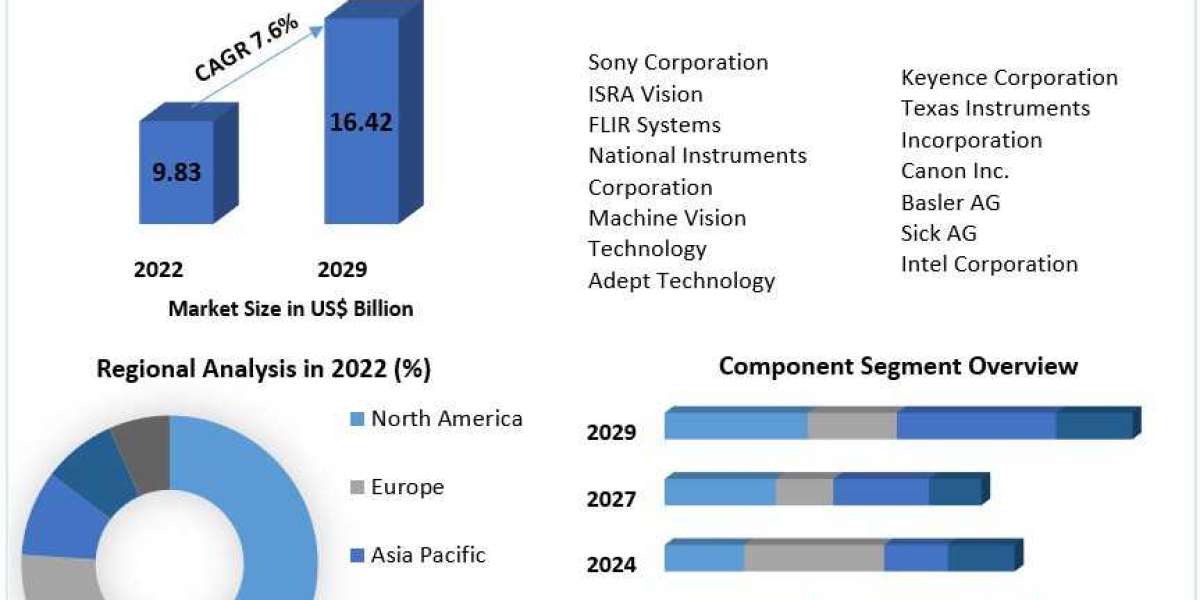The automotive industry is a dynamic sector that continually evolves to meet the demands of consumers, regulators, and technological advancements. Within this industry, the development of braking systems plays a crucial role in ensuring vehicle safety and performance. Automotive original equipment manufacturers (OEMs) rely on friction materials within braking systems to provide the necessary stopping power while maintaining durability and efficiency. As the automotive industry grows and evolves, so too does the market for OEM brake friction materials.
The global automotive OEM brake friction material market size is projected to grow at a compound annual growth rate (CAGR) of approximately 3.50% during the forecast period of 2024-2032. This growth is primarily driven by the expansion and development of the automotive industry worldwide. As vehicle production increases and technological advancements continue, the demand for innovative and high-performance friction materials for braking systems rises in tandem.
In this blog post, we will explore the evolution of automotive OEM brake friction materials, examining the historical background, current market landscape, trends shaping the industry, innovations in material development, regulatory considerations, and future outlook.
Historical Perspective
The history of brake friction materials dates back to the early days of automotive engineering when rudimentary braking systems were developed. Initially, braking systems relied on simple materials such as wood or metal to generate friction and slow down vehicles. However, as automotive technology advanced and vehicles became faster and heavier, more sophisticated braking solutions were needed.
One significant milestone in the evolution of brake friction materials was the development of asbestos-based linings in the early 20th century. Asbestos offered excellent heat resistance and friction properties, making it an ideal material for brake linings. For several decades, asbestos was the dominant friction material used in automotive brakes.
However, concerns over the health and environmental hazards associated with asbestos led to its gradual phase-out in the latter half of the 20th century. Researchers and manufacturers began exploring alternative materials that could provide similar or superior performance without the associated risks.
Current Market Landscape
Today, the automotive OEM brake friction material market is a diverse and competitive landscape characterized by a wide range of materials and technologies. Major players in the industry include both multinational corporations and smaller specialty manufacturers. These companies produce friction materials for various vehicle types, including passenger cars, commercial vehicles, and motorcycles.
The market for OEM brake friction materials is driven by several factors, including vehicle production volumes, consumer preferences, regulatory requirements, and technological advancements. As vehicle manufacturers strive to improve safety, performance, and environmental sustainability, they rely on friction material suppliers to develop innovative solutions that meet their specific needs.
Trends Shaping the Market
Several key trends are shaping the evolution of the automotive OEM brake friction material market. One significant trend is the increasing demand for lightweight materials. Automakers are under pressure to improve fuel efficiency and reduce emissions, driving the adoption of lightweight friction materials that contribute to overall vehicle weight reduction.
Sustainability is another critical trend influencing the market. As concerns over climate change and environmental degradation grow, automotive OEMs and friction material suppliers are seeking eco-friendly alternatives to traditional materials. This includes the use of recycled or renewable materials, as well as the development of manufacturing processes with minimal environmental impact.
Performance enhancements are also driving market demand for advanced friction materials. With vehicles becoming faster and more powerful, brake systems must withstand higher temperatures and provide consistent stopping power under various driving conditions. Manufacturers are developing friction materials with improved heat resistance, durability, and fade resistance to meet these performance requirements.
Technological advancements are revolutionizing the automotive OEM brake friction material market. Integration of sensors and smart materials enables real-time monitoring of brake performance and adaptive control systems that optimize braking efficiency. Advanced manufacturing techniques, such as 3D printing and laser cutting, allow for precise customization of friction materials to meet specific vehicle requirements.
Innovations in Friction Material Development
In response to market trends and technological advancements, manufacturers are continually innovating in the field of brake friction material development. One area of innovation is nanotechnology, which involves the manipulation of materials at the atomic or molecular scale. Nanomaterials offer unique properties, including enhanced friction characteristics and improved wear resistance, making them ideal candidates for brake friction applications.
Ceramic and composite materials are also gaining traction in the automotive OEM brake friction material market. These materials offer superior heat resistance and mechanical properties compared to traditional organic materials. Ceramic brake pads, for example, are known for their excellent thermal stability and low wear rates, making them suitable for high-performance vehicles and heavy-duty applications.
Advanced coatings are another area of focus for friction material manufacturers. Coatings can be applied to brake pads and linings to reduce wear, noise, and vibration, enhancing overall braking performance and driver comfort. Some coatings also have self-lubricating properties, which reduce friction and extend the lifespan of brake components.
Regulatory and Environmental Considerations
Regulatory requirements play a significant role in shaping the composition and use of automotive OEM brake friction materials. Governments around the world impose strict standards on vehicle safety, emissions, and material toxicity, which manufacturers must comply with to sell their products in global markets.
One of the most significant regulatory challenges facing the automotive industry is the phase-out of hazardous substances such as asbestos and copper. Many countries have banned or restricted the use of these materials in automotive brakes due to their environmental and health risks. As a result, manufacturers are investing in research and development to find suitable alternatives that meet regulatory requirements without compromising performance or safety.
Environmental sustainability is also a growing concern for the automotive OEM brake friction material market. The extraction and processing of raw materials, as well as the manufacturing and disposal of brake components, can have significant environmental impacts. Manufacturers are adopting eco-friendly practices, such as recycling and waste reduction, to minimize their environmental footprint and meet consumer demand for sustainable products.
Future Outlook
Looking ahead, the automotive OEM brake friction material market is poised for continued growth and innovation. Emerging technologies such as graphene-based composites and regenerative braking systems hold promise for further enhancing braking performance and sustainability. Market projections indicate robust growth opportunities, driven by increasing vehicle production, technological advancements, and evolving consumer preferences.
However, the industry also faces several challenges that must be addressed to sustain long-term growth. Raw material availability, cost pressures, and regulatory uncertainty are among the key issues that manufacturers must navigate in the coming years. Collaboration between industry stakeholders, governments, and research institutions will be crucial in overcoming these challenges and driving innovation in the automotive OEM brake friction material market.


